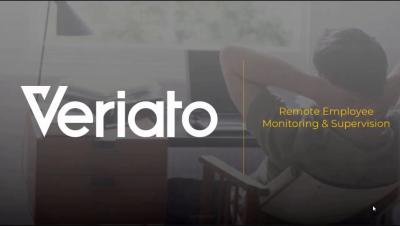Security | Threat Detection | Cyberattacks | DevSecOps | Compliance
June 2020
State of Insider Data Breaches in 2020
Organizations protect critical assets and sensitive information from the outside world by continually updating their security controls and policies. However, the origin of a breach is not always outside of the organization, and recently, insider breaches have gained attention amid an increase in the flexibility of tools for information sharing. Insider threats can be accidental or intentional, but the impact of insider breaches remain the same.
Managing Cyber Threats to Operational Technology
In the fast-paced and highly commercialized world of manufacturing, better automation creates a valuable competitive edge. The physical systems leveraged in the industry, the machinery, and the manual processes have all become more automated since the first industrial revolution. Today, smart systems that leverage advanced technologies such as machine learning and integrated IoT control are creating a next-generation industrial environment often termed 4.0.
How Can You Detect an Insider Threat?
Data security is a term we’re all pretty used to hearing by now, but cybercriminals are only one part of the equation. Did you know that internal employees can also pose a threat to your business? Insider threats are caused by internal staff, employees, or partners who either wish to cause the company harm - or who simply compromise your organization’s data security through carelessness or lack of training.
Monitoring A Hybrid Workforce, The New Norm
Veriato Vision Intro and Demo
Protect Your Business with Digital Forensics Software
The world has been moving toward a fully connected workplace model for years, even prior to COVID-19. Now, understanding your company’s digital presence - and footprint - is more important than ever. Everything you or your employees do online could have lasting consequences for you, your employees, and your brand. Digital forensics provides you with a concrete, analytical way to investigate personnel claims and provide the necessary evidence to properly assess internal issues.
What Is an Insider Threat? Definition, Examples, and Mitigations
An insider threat is a threat to an organization that comes from negligent or malicious insiders, such as employees, former employees, contractors, third-party vendors, or business partners, who have inside information about cybersecurity practices, sensitive data, and computer systems.
Increase Employee Productivity with User Activity Monitoring
High employee productivity is vital for your business’s success. Yet only 34% of US employees are engaged with their work (and 13% are actively disengaged) according to a 2018 poll by Gallup. But the productivity of even the most engaged employees tends to decrease over time. Workers require constant support to stay productive. This is especially important when dealing with remote employees, as they aren’t within their manager’s eyesight and have lots of domestic distractions.
5 Best Practices for Protecting Data While Working Remotely
As the Coronavirus disrupted the day-to-day lives of billions of people around the world over the last several months, businesses are in the middle of what Time Magazine describes as the “world’s largest work-from-home experiment.” Practically overnight, many companies were forced to adjust their operations by moving millions of workers out of their offices and into their homes.









